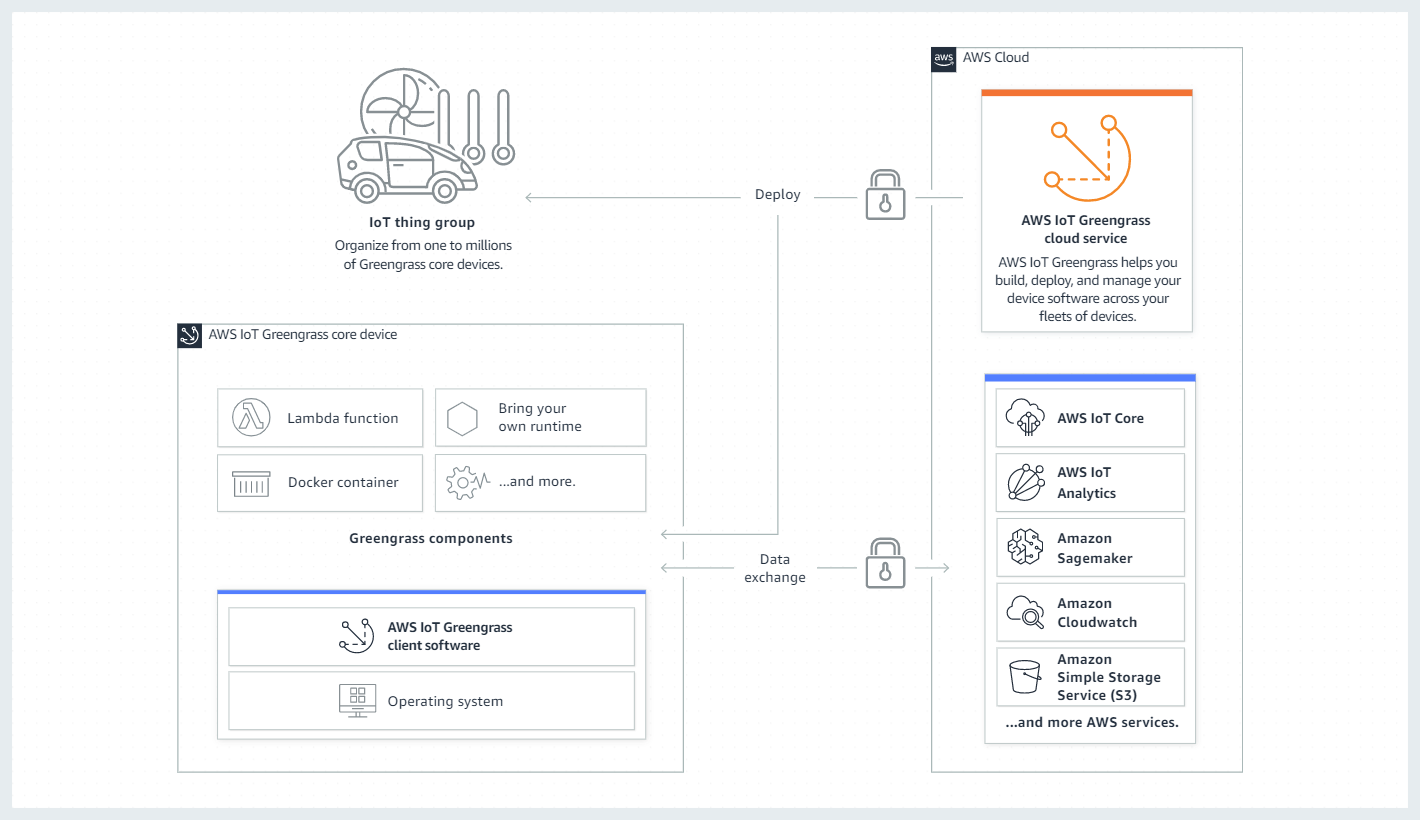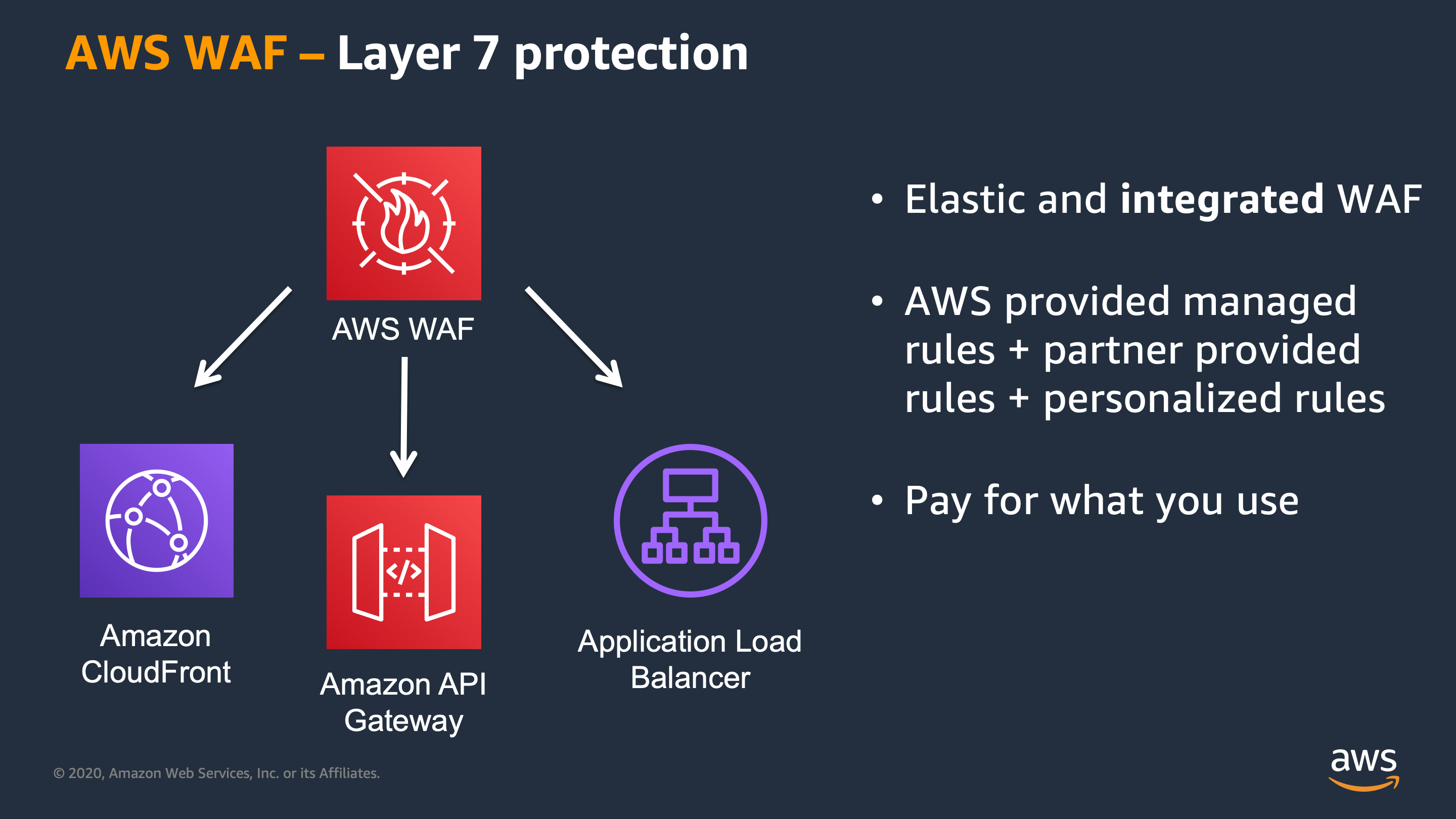Mitigating DDoS Attacks - Leveraging AWS Edge Services for Enhanced Security
Distributed Denial of Service (DDoS) attacks are a significant threat to online applications and cloud services, often resulting in downtime and substantial business losses. To counter these threats, Amazon Web Services (AWS) offers a range of services specifically designed to mitigate DDoS risks. This blog post will delve into how AWS services can be used to establish a defense-in-depth strategy to protect against DDoS attacks. We’ll explore the use of AWS Edge locations, key services like Amazon Route 53, CloudFront, AWS Shield, and AWS WAF, each contributing to a robust and flexible security perimeter. As a DevOps engineer, understanding these capabilities can help you design resilient cloud architectures capable of withstanding such threats.
Protection at the Edge
Understanding Protection at the Edge
AWS provides DDoS protection by leveraging its Edge locations, which act as a first line of defense against attacks. Edge locations are physical data centers located in key geographic areas, distinct from Availability Zones. These locations provide additional layers of network infrastructure, helping absorb and mitigate DDoS traffic before it impacts your core application resources.
Edge Locations store copies of commonly accessed data near your customers to reduce latency and improve performance. By handling threats at these points, the core application remains protected from unnecessary traffic. For instance, when certain data is frequently requested, it is cached at an edge location, which improves access speed and shields the backend servers from overwhelming requests.
Defense-in-Depth Strategy is a central approach to mitigating DDoS attacks. AWS integrates multiple services that work together to create layers of protection. This approach not only absorbs high-volume attacks but also isolates and manages potential faults to minimize the availability impact of such attacks.
AWS Services for Out-of-Region Protection
Key AWS Services for DDoS Mitigation
AWS offers a variety of services to implement out-of-region protection, creating a flexible, layered security perimeter that mitigates DDoS attacks before they reach core services.
| Service | Description |
|---|---|
 | Amazon Route 53 is a scalable DNS service designed to distribute web traffic effectively. With features like latency-based routing, Geo DNS, and health checks, Route 53 provides a critical edge in managing traffic and mitigating DDoS threats by utilizing numerous AWS Edge locations to absorb traffic surges. |
.png) | Amazon CloudFront is a content delivery network (CDN) that ensures data is delivered efficiently to users while defending against DDoS attacks by accepting only well-formed HTTP and HTTPS requests. CloudFront enhances resilience against attacks and guarantees performance during incidents of high traffic. |
 | AWS Shield offers managed DDoS protection for applications running on AWS. With always-on detection and automatic mitigation features, AWS Shield helps minimize latency and downtime during an attack. |
AWS Shield and CloudFront Services
AWS Service Spotlight - AWS WAF
AWS Web Application Firewall (WAF)
AWS WAF plays a pivotal role in protecting applications from common vulnerabilities and exploits that could impact availability, security, or resource usage. With AWS WAF, users gain precise control over which traffic is allowed or blocked by defining customizable security rules.
| AWS WAF | Description |
|---|---|
.png) | AWS WAF can block malicious requests, protect against SQL injection, and prevent cross-site scripting. By setting up specific web ACLs (Access Control Lists), administrators can determine which requests are allowed based on customizable conditions, such as IP addresses, HTTP headers, and query string parameters. |
Configuration Flexibility is a key feature of AWS WAF. You can tailor rules based on evolving threats and traffic patterns, enabling dynamic adaptation to emerging risks.
Integration with Other AWS Services: AWS WAF integrates seamlessly with services like CloudFront and Application Load Balancer, providing a consistent, unified security posture for application delivery.
DDoS attacks can have a devastating impact on the availability and performance of web applications. By leveraging AWS’s comprehensive suite of edge services—including Route 53, CloudFront, AWS Shield, and AWS WAF—organizations can build a resilient, scalable defense strategy that mitigates the risks posed by DDoS attacks. This defense-in-depth approach not only absorbs high-volume attacks at the network edge but also provides customizable control over incoming traffic, ensuring that web applications remain available and performant. As a DevOps engineer, implementing these solutions can significantly reduce downtime risks and secure cloud environments against the evolving threat landscape.
For further information on DDoS mitigation strategies and AWS services, refer to AWS Security Best Practices. Stay proactive, stay secure.
_-_21_October_2016.png)

